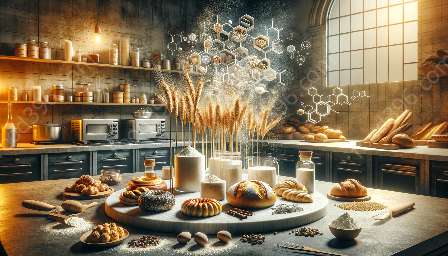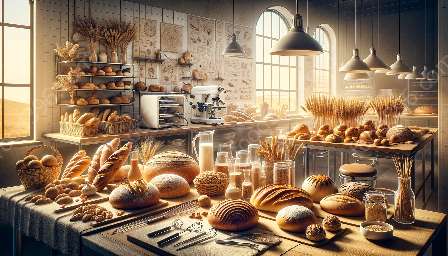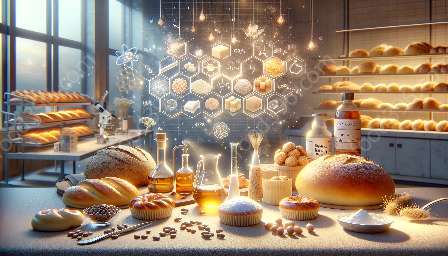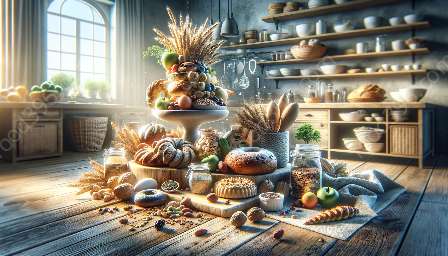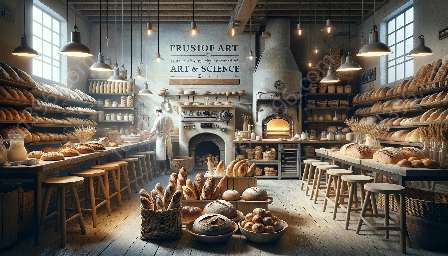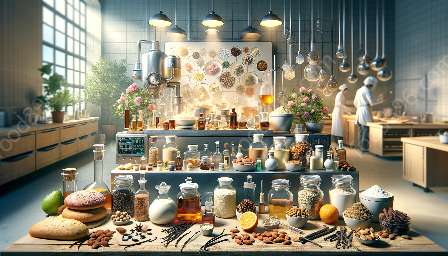Yeast plays a crucial role in baking, impacting the science, technology, and sensory experience of food and drink. With its ability to interact with different ingredients and transform them, yeast holds a central position in the world of baking.
Let's delve into the complex world of yeast and its vital role in baking, from its biological functions to its impact on baking science and technology.
The Biological Functions of Yeast
Yeast is a single-celled microorganism belonging to the fungus kingdom. Its primary biological role is fermentation, a process where yeast converts sugars into alcohol and carbon dioxide through anaerobic respiration. This transformative process is essential in various culinary practices, particularly in the production of leavened bread, beer, and wine.
Yeast's biological functions are key to the creation of the light and airy texture in baked goods, making it a fundamental component in baking science and technology.
Yeast in Baking Science and Technology
The use of yeast in baking dates back thousands of years, with its influence extending beyond simple leavening. In modern baking, yeast serves as a critical agent in dough development and flavor enhancement.
Leavening Agent
When yeast is introduced to a dough or batter, it generates carbon dioxide gas through fermentation, causing the mixture to rise. This action contributes to the desired texture, volume, and crumb structure of baked goods, from bread and pastries to cakes and pizza crusts.
Dough Development
Yeast also plays a vital role in dough development. As it ferments and produces carbon dioxide, the gas forms pockets within the dough, contributing to its structure and internal texture. This process affects the final appearance, taste, and mouthfeel of the baked product.
Flavor Enhancement
Beyond its leavening and structural effects, yeast contributes to the complex flavor profiles of baked goods. During fermentation, yeast produces various flavor compounds, such as alcohols, esters, and organic acids, which add depth and richness to the sensory experience of baked products.
The Interaction of Yeast with Food and Drink
Yeast's influence extends beyond the realm of baking, impacting the broader world of food and drink. Its role in fermentation not only shapes the texture and flavor of baked goods but also enriches the diversity of beverages and culinary creations.
Beer and Brewing
Yeast's interaction with malted barley, hops, and other brewing ingredients is essential in beer production. Various strains of yeast contribute distinct flavors and aromas to different beer styles, showcasing the versatility and impact of yeast in the world of brewing.
Wine and Winemaking
In winemaking, yeast plays a pivotal role in the conversion of grape sugars into alcohol, resulting in the diverse array of wines available worldwide. The selection of yeast strains and fermentation processes significantly influence the sensory attributes and quality of the final wine product.
The Culinary Landscape
Yeast's impact on the culinary landscape goes beyond bread and beverages. Its role in fermentation and flavor development enriches the world of gastronomy, contributing to the creation of artisanal cheeses, flavorful sauces, and pickled delicacies.
The Future of Yeast in Baking and Beyond
As the understanding of yeast biology and its interaction with food and drink continues to evolve, the future promises new advancements and innovations in baking science and technology. From tailored yeast strains to sustainable fermentation practices, the potential for yeast to shape the culinary world remains an exciting frontier.
In conclusion, yeast's role in baking extends far beyond its biological functions, shaping the science, technology, and sensory experience of food and drink. Understanding the intricate relationship between yeast and its application in baking is essential for appreciating the art and science of creating delicious culinary delights.

